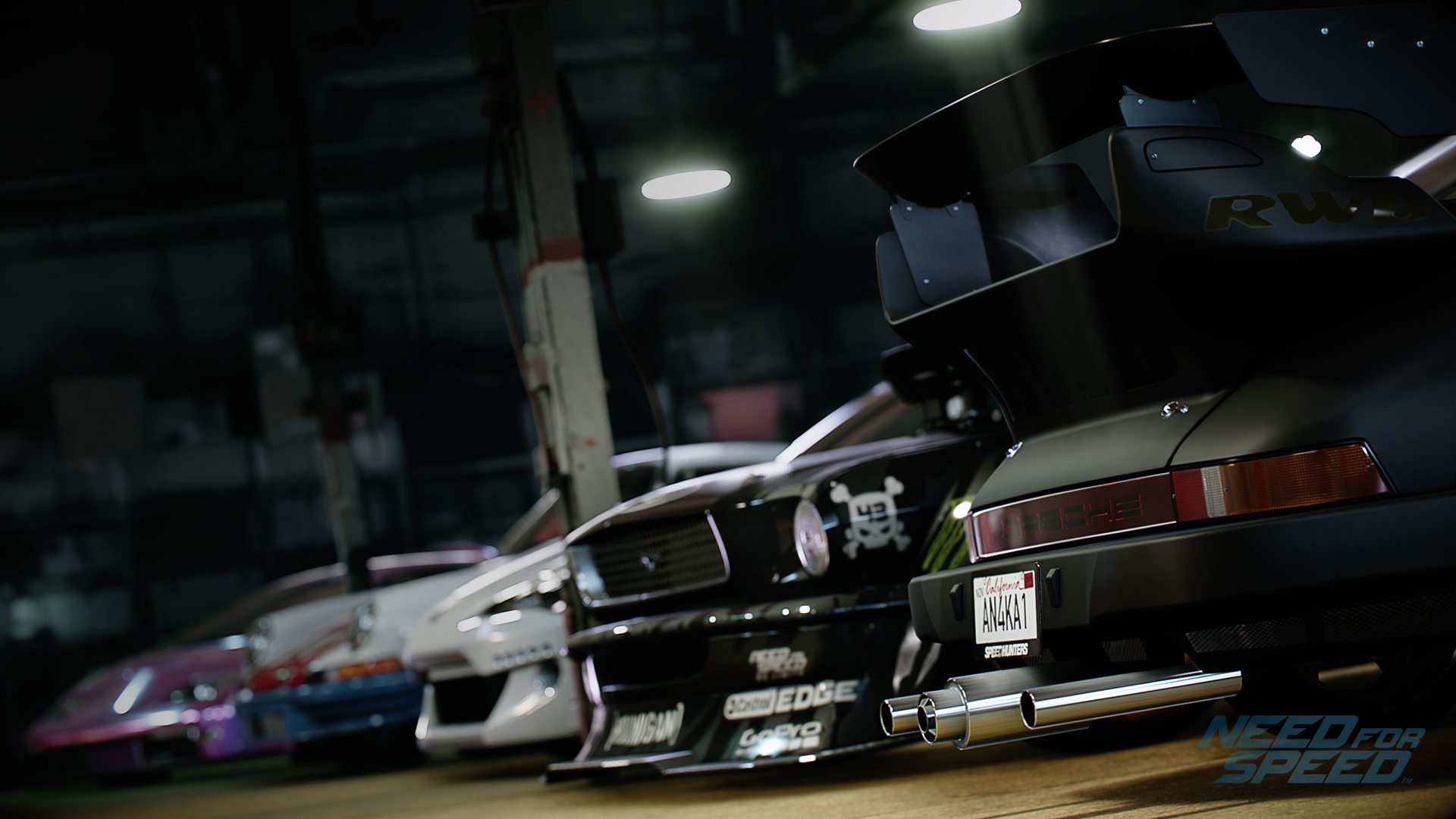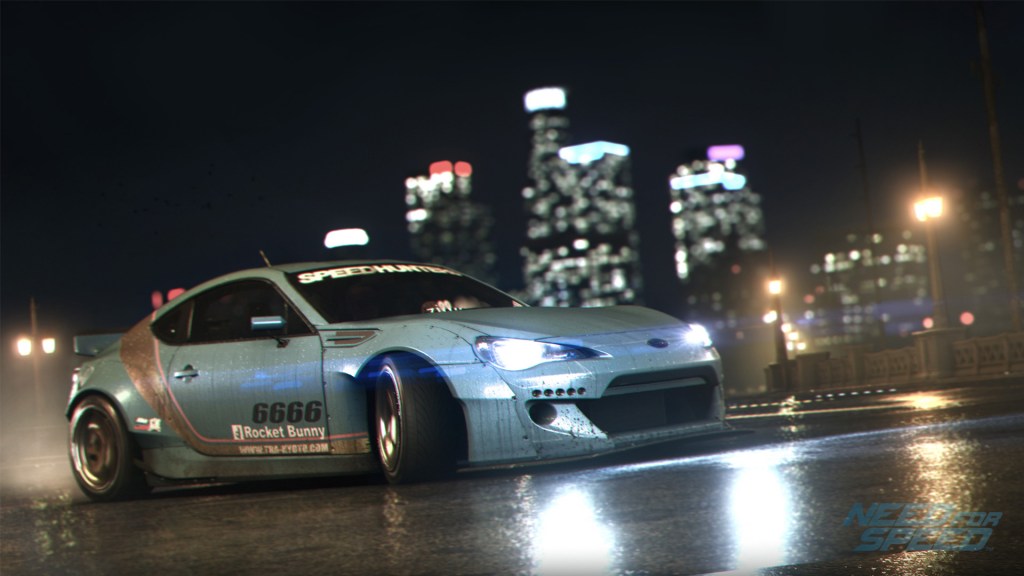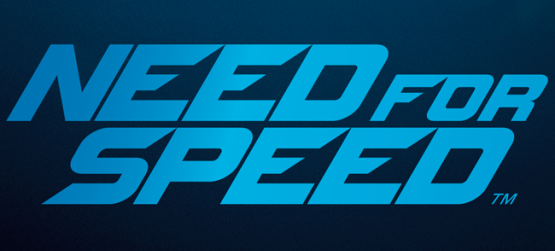
Need for Speed has a long and storied history. First released in 1994, the franchise may be older than some of you faithful readers! After a two-year hiatus, the series is back with a reboot, indicated by this entry’s name, simply Need for Speed. With Ghost Games at the helm, could this spell a new era of genre dominance, or should the franchise be laid to rest? Let’s find out.
Hotshot, Will Race
In this new Need for Speed, you play as a local hotshot who has caught the attention of a local street racer, who introduces you to others in their clique. The story is told through a first-person perspective, using live-action actors. The effect is kind of cheesy, because your character naturally doesn’t respond to anyone. However, taken at face value, the story stays true to the mantra of the new Need for Speed — you get to live the fantasy of being a street racer, and little more because that’s all you’re here for. You follow the antics of five different road addicts, who each represent the “five ways to play,” or five different mission types on offer. Each of those five characters have an aspiration of meeting and racing/competing against/with a certain real-life celebrity in the automobile world, such as Magnus Walker, Nakai-san, and others. The events vary from group events to circuit and drift races.
One absolutely incredible thing about those cutscenes is the car compositing. During the live-action sequences, you will often see your car inserted directly into the scene! It is done so seamlessly, that even when an actor waves their hand in front of your car, you can hardly tell that the car is CGI (though if you have a lot of small decals on your windshield it may become a little more obvious). This effect is so convincing, in fact, that it may have the side effect of convincing some players that all cutscenes are ridiculously high-quality CGI, including the actors. I enjoyed watching those cutscenes purely to see my car in the midst of all the “action.”
The aforementioned action takes place in the fictional city of Ventura Bay. This is an idyllic city for street racers. From long, straight stretches of inner-city highway, to challengingly sharp cuts into the mountainside, it feels like there are hundreds of miles of roadway stretched in a map that is, according to the developer, twice as large as that in Rivals. It’s also always either lightly raining, or just finished raining, depending on the area of the map that you are on. This is likely an effort to show off Need for Speed’s excellent graphics and lighting, and the result is sweet eye candy. Textures are very high, with your particular paint job shining in its own unique way.
Costly Eye Candy
On the topic of graphics, it should be noted that Need for Speed runs at a locked 30 frames-per-second, as according to Executive Producer Marcus Nilsson, Ghost Games wanted to emphasize presentation over a higher frame rate. When asked if that meant that serious players will suffer because reaction timing won’t be as precise, Mr. Nilsson responded that in their testing, most people could not tell the difference and enjoyed the better presentation of the game. My initial reaction is that I am inclined to disagree, however Need for Speed is targeting the more casual demographic — the arcade racing fan. With that in mind, then the locked 30fps is not that big of a deal. I can confirm that the game runs impeccably smooth when in any situation, and there is no noticeable pop-in.
Alright, so new story mechanics out of the way, how about the automobile mechanics? This is the most customizable version of Need for Speed that I remember ever playing. While the overall stable of the game isn’t too vast, all the basics are here from an ancient VW to the classic Ferrari F430. Each and every car can be souped up to insane levels, such that you can spend $200,000+ on a $9000 clunker, and it will compete against other powerful cars. Once you unlock sufficiently advanced parts, you can tune your ride’s handling characteristics, from drift-oriented to grippy. In theory, this is a wonderful inclusion. In practice, the result is kind of underwhelming. Most every player will end up playing on the drift side of the continuum, because the courses that are prevalent in Need for Speed basically require that you can drift your way in and out of corners. In even a moderately grippy setup, you will find that your car turns too rigidly and slowly to be of any use in a course that has a couple of turns in quick succession. You’re better off investing the time to get proficient at the drift, and finding a line that enables it.
Opponent AI is a very tough thing to get right in any racing game. Need for Speed is an arcade racer at its heart, and as such features some rubberbanding AI. Don’t expect to obtain and keep much of a lead in the game’s later stages, but on the flipside you can expect to have a good shot at recovery if you fall behind. Winning stages ends up being more about memorizing a course than upgrading your car beyond a certain base level against your opponents, which is ironically rather realistic.
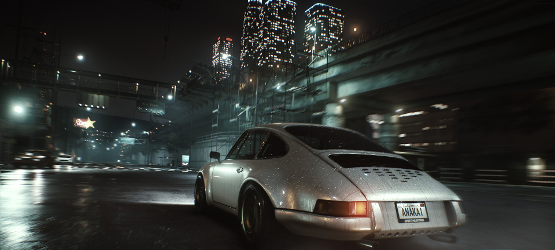
Always Online, Never Alone
My other large gripe in an otherwise forward-looking franchise is the always-online requirement imposed by Ghost Games/EA. Expect to see some sort of disconnection message if you frequently put your PS4 into standby mode in between gaming sessions, which will force you to reload back online and into the world. Creative Director Craig Sullivan said that as a “thank you” for those supporting a game that requires a constant online connection, the game will feature no micro-transactions, and there is no planned premium DLC. So what you see is what you get. Alldrive is here as before, where pseudo-random human players can appear in your game, and the largest improvement they’ve made is the removal of player-controlled cops. No more trolling by a player who simply wants to rack up a bounty! If a cop does begin to chase you, before your fine gets above $500 you can simply pull over and pay up to get them off your back.
One other baffling “feature” is that because you are constantly connected to other players, you cannot pause any event, no matter what stage it is at. Although most races are over in a matter of minutes, if someone knocks at your door or otherwise needs your attention in real life, there is nothing you can do to pause an event’s progress. Surely there’s a happy-medium that can be found here?!
I enjoyed my time with Need for Speed. Ghost Games is onto something seriously promising with this franchise reboot. However, being unable to pause the game as well as no option to play offline may prove two obstacles that are not surmountable for some players. It’s a sign of things to come, perhaps, but as of right now these decisions may alienate a lot of players. The majority of us will be fine, and the promise of no micro-transactions is a lofty one to see a publisher as micro-trigger-happy as EA support. Every Need for Speed game from this point forward needs this level of customization and tweaking as a baseline. I eagerly await to see Ghost Games’ future plans for this franchise, if they’re allowed the opportunity to continue.
Review copy for Need for Speed provided by publisher. Reviewed on PlayStation 4. For more information on scoring, please read our Review Policy here.
-
Impressive customization options
-
Amazing cutscene composite technology
-
A linear difficulty curve
-
There is no pause, nor wheel support
-
"Grip" handling is all but useless
-
Severe rubber-banding
Need for Speed Review
-
Need for Speed Review 01
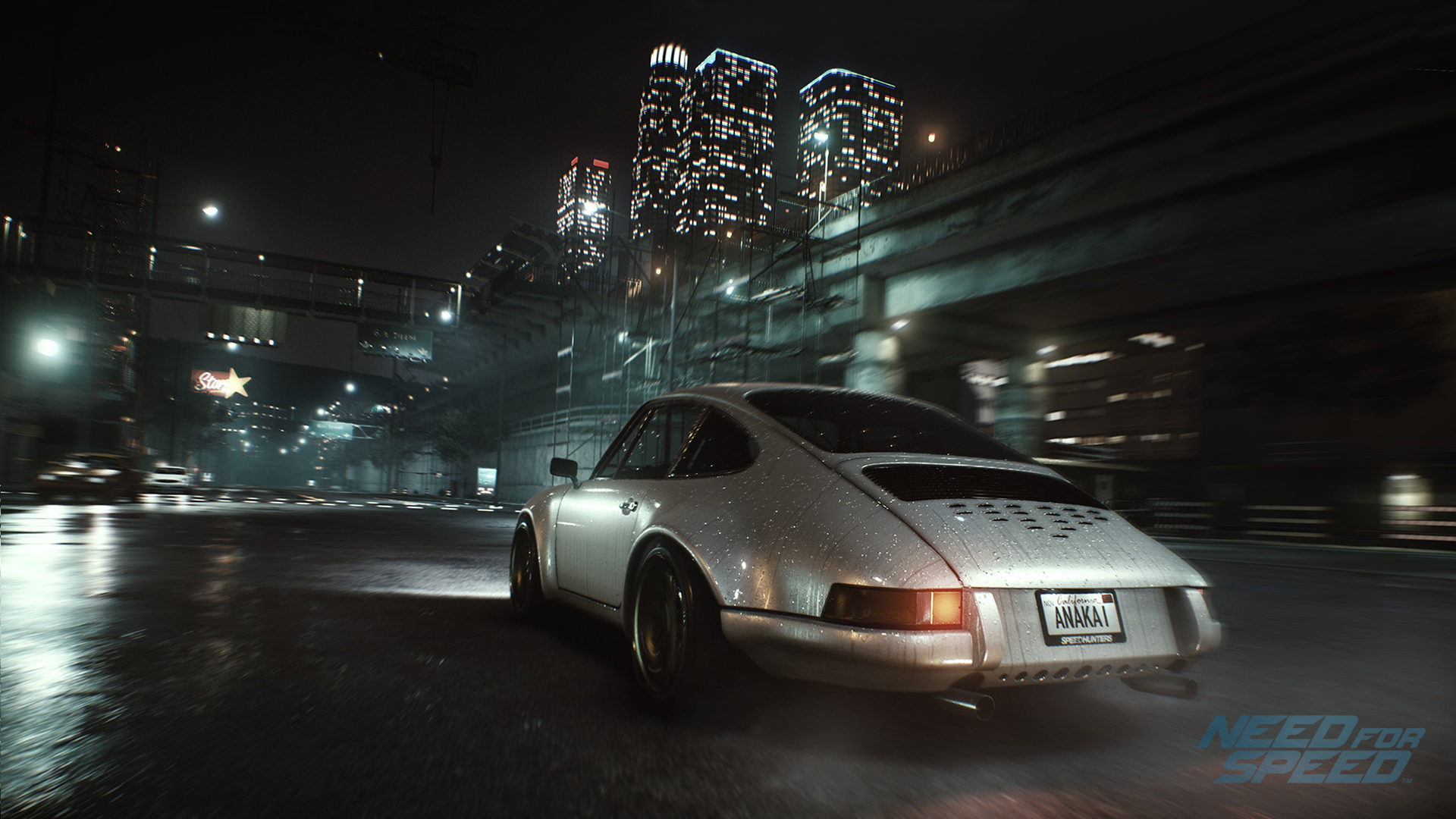
-
Need for Speed Review 02
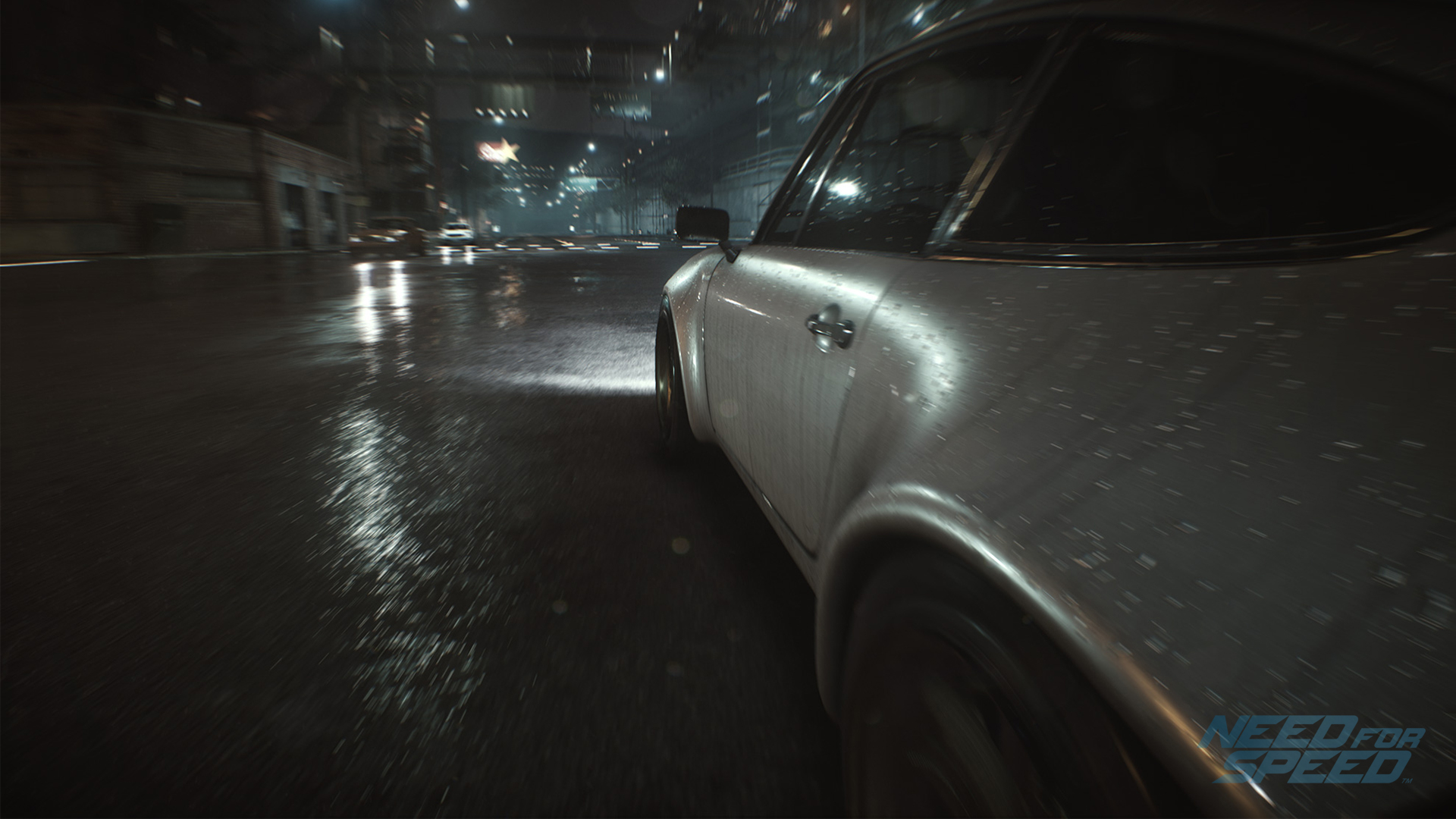
-
Need for Speed Review 03

-
Need for Speed Review 04
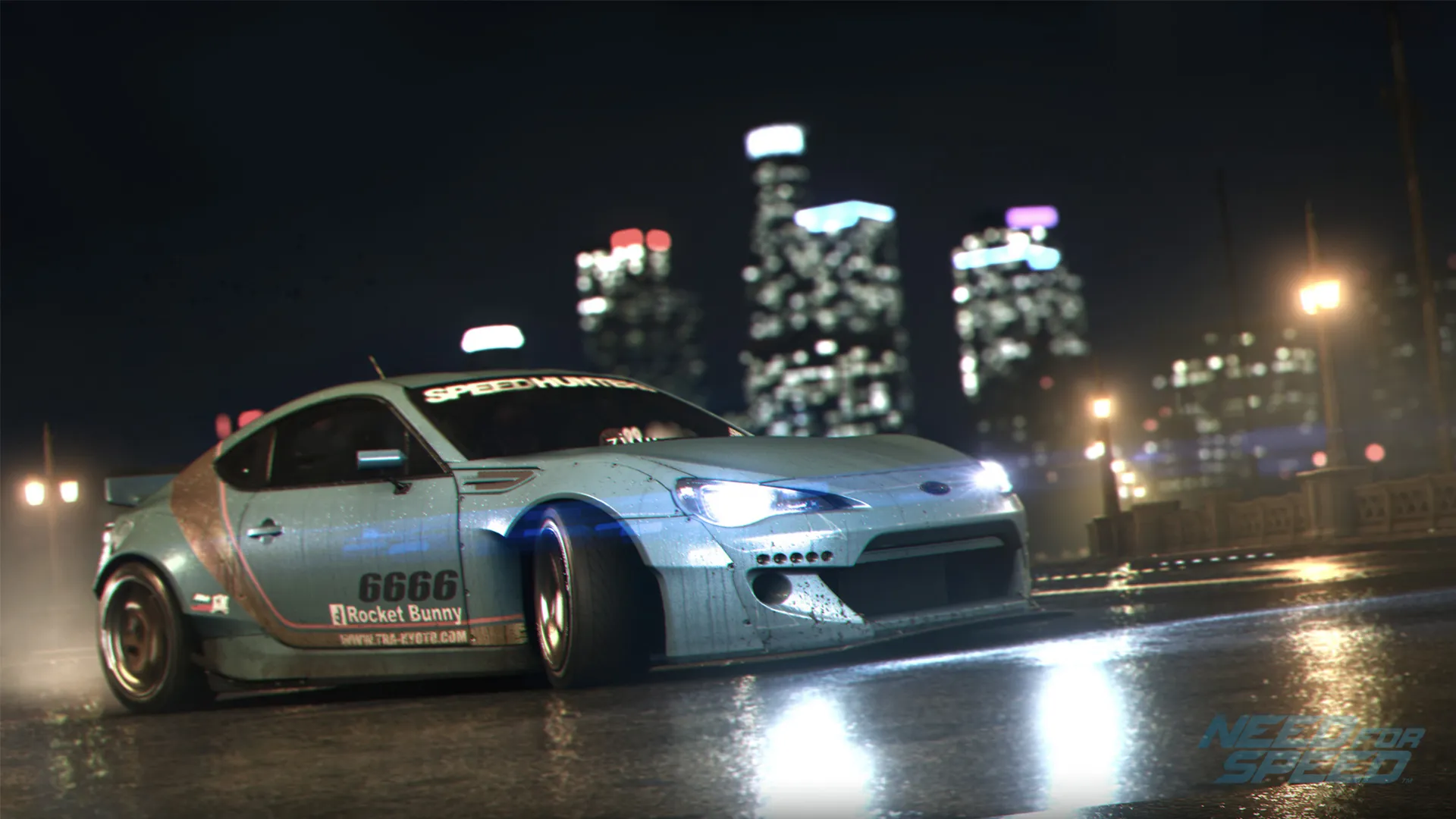
-
Need for Speed Review 05
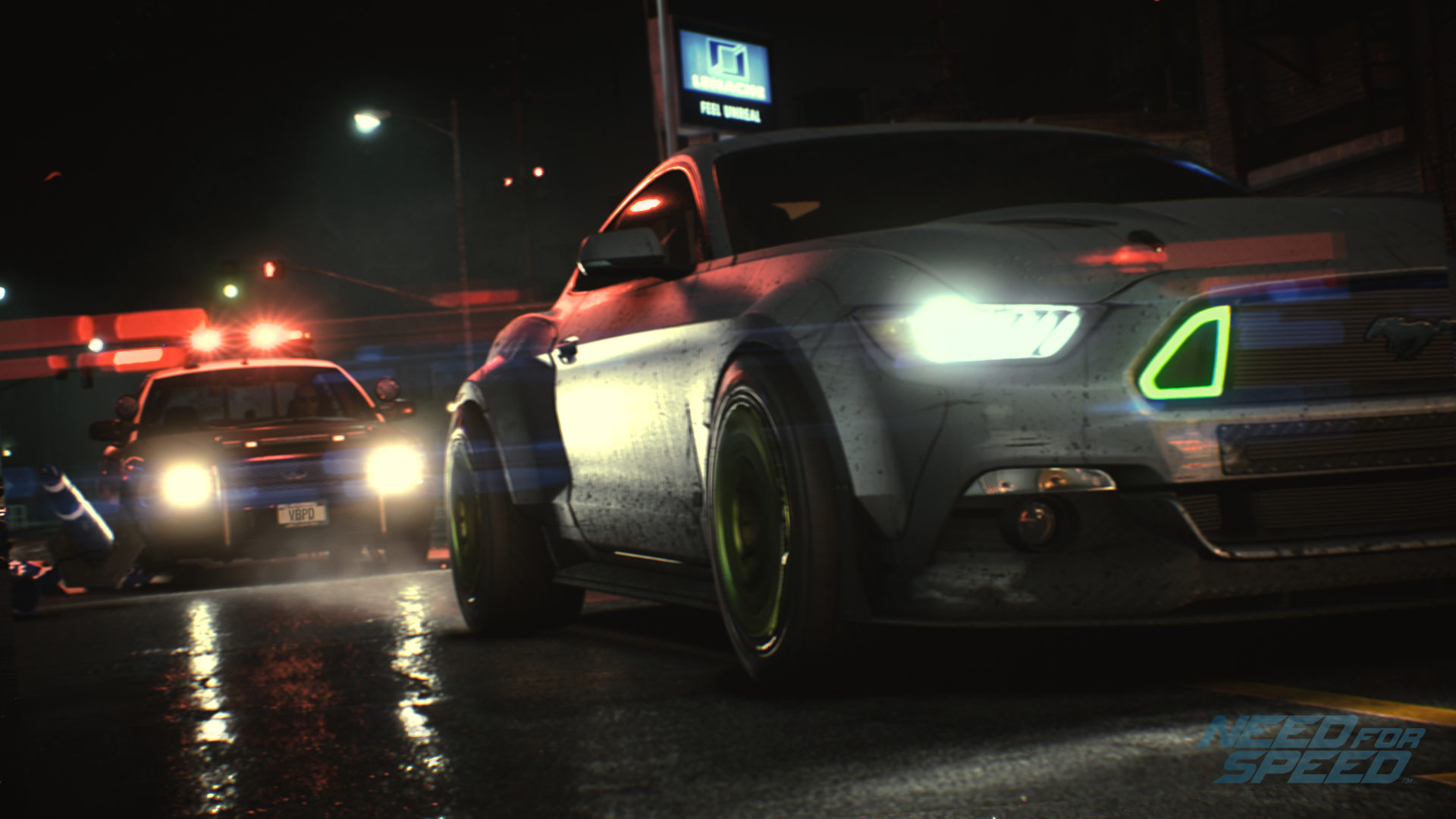
-
Need for Speed Review 06
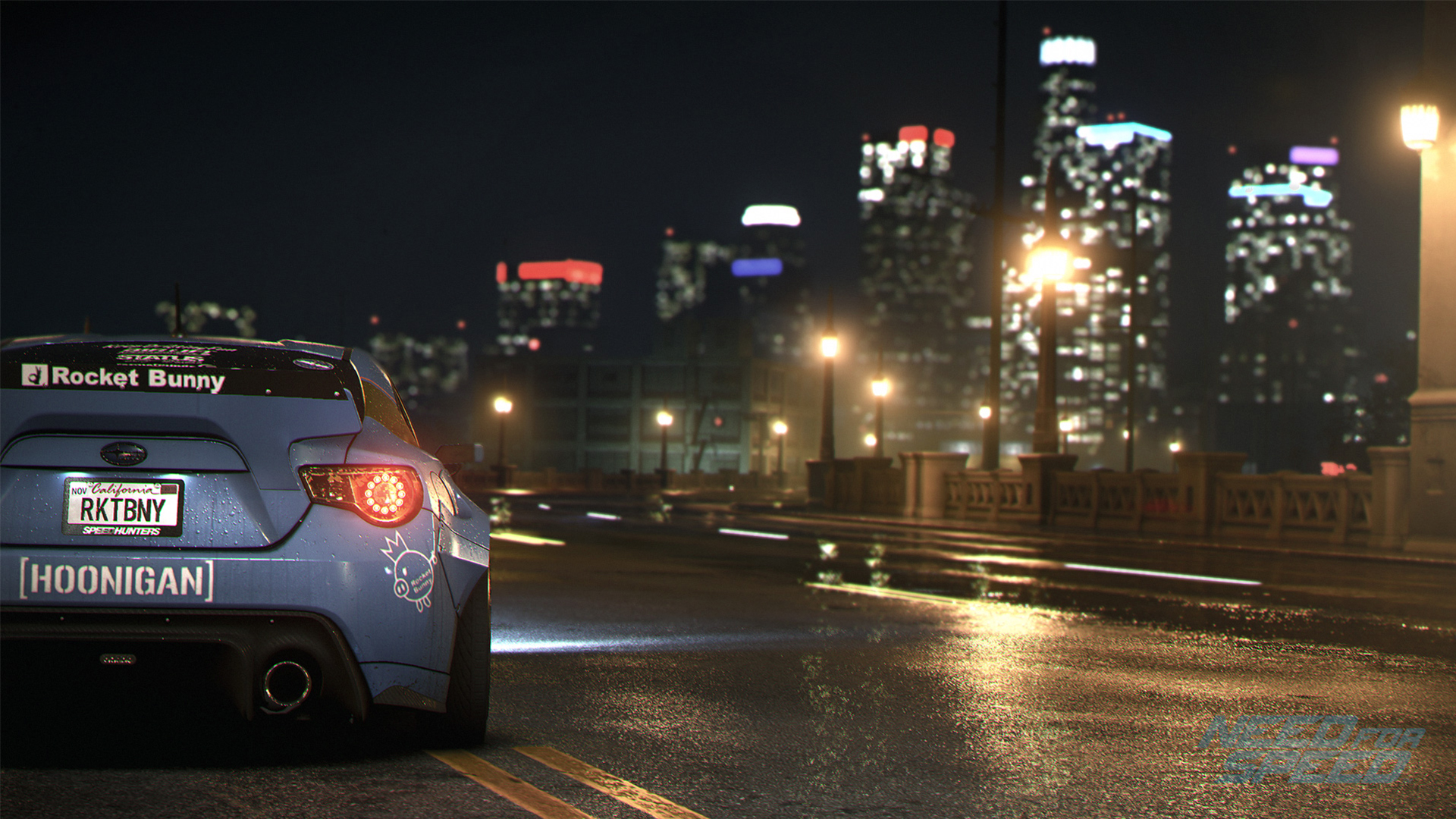
-
Need for Speed Review 07
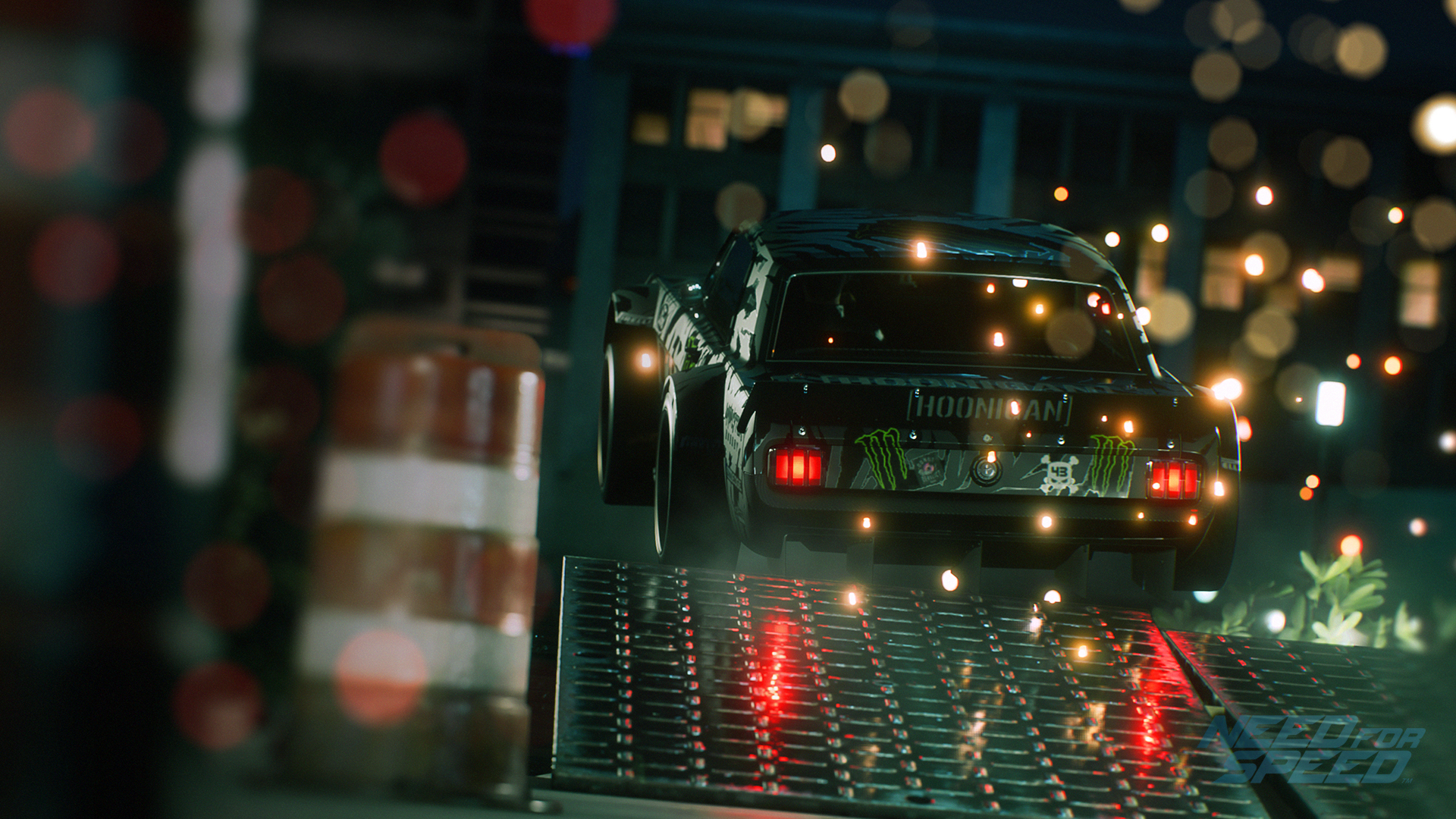
-
Need for Speed Review 08

-
Need for Speed Review 09
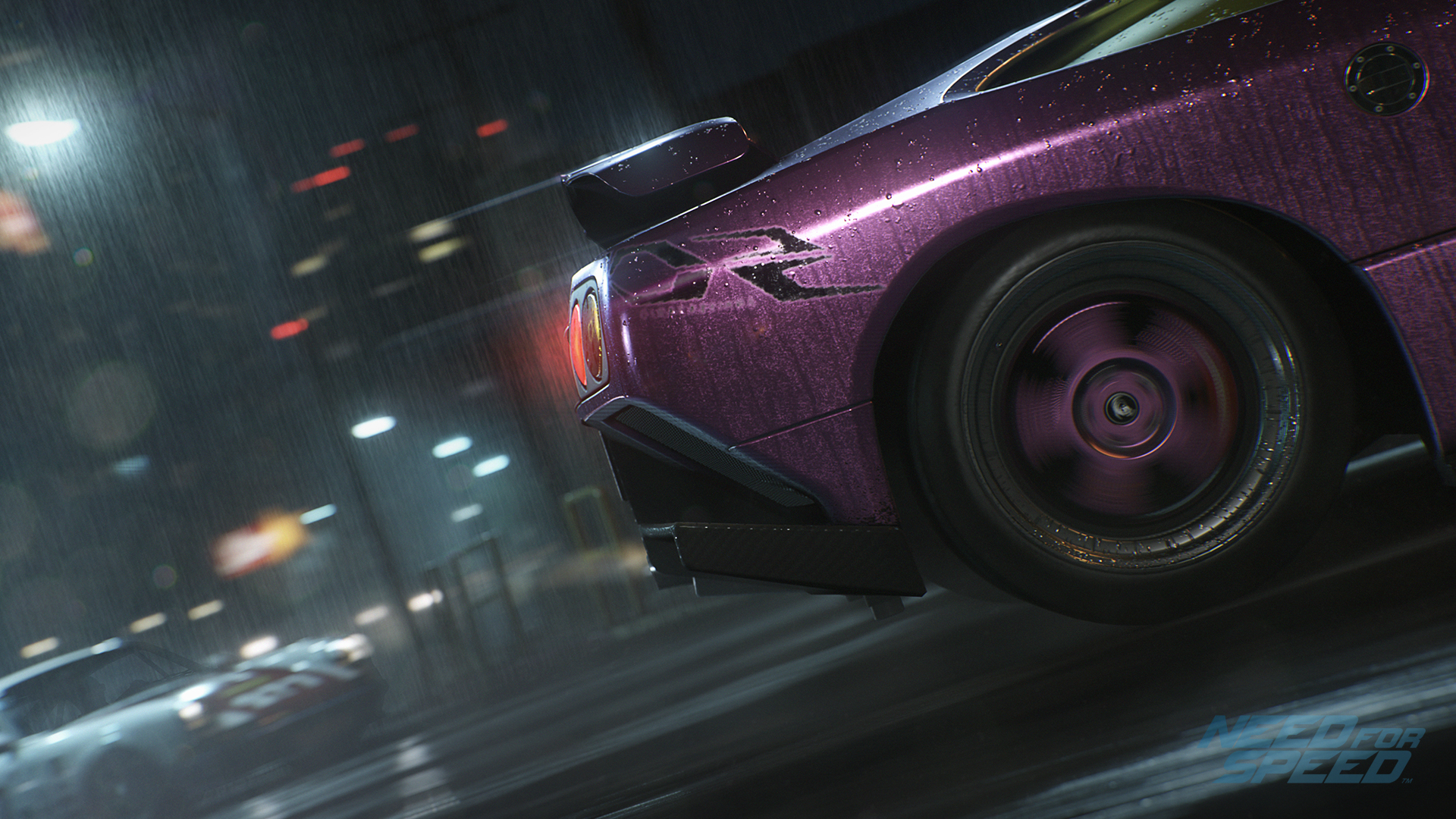
-
Need for Speed Review 10
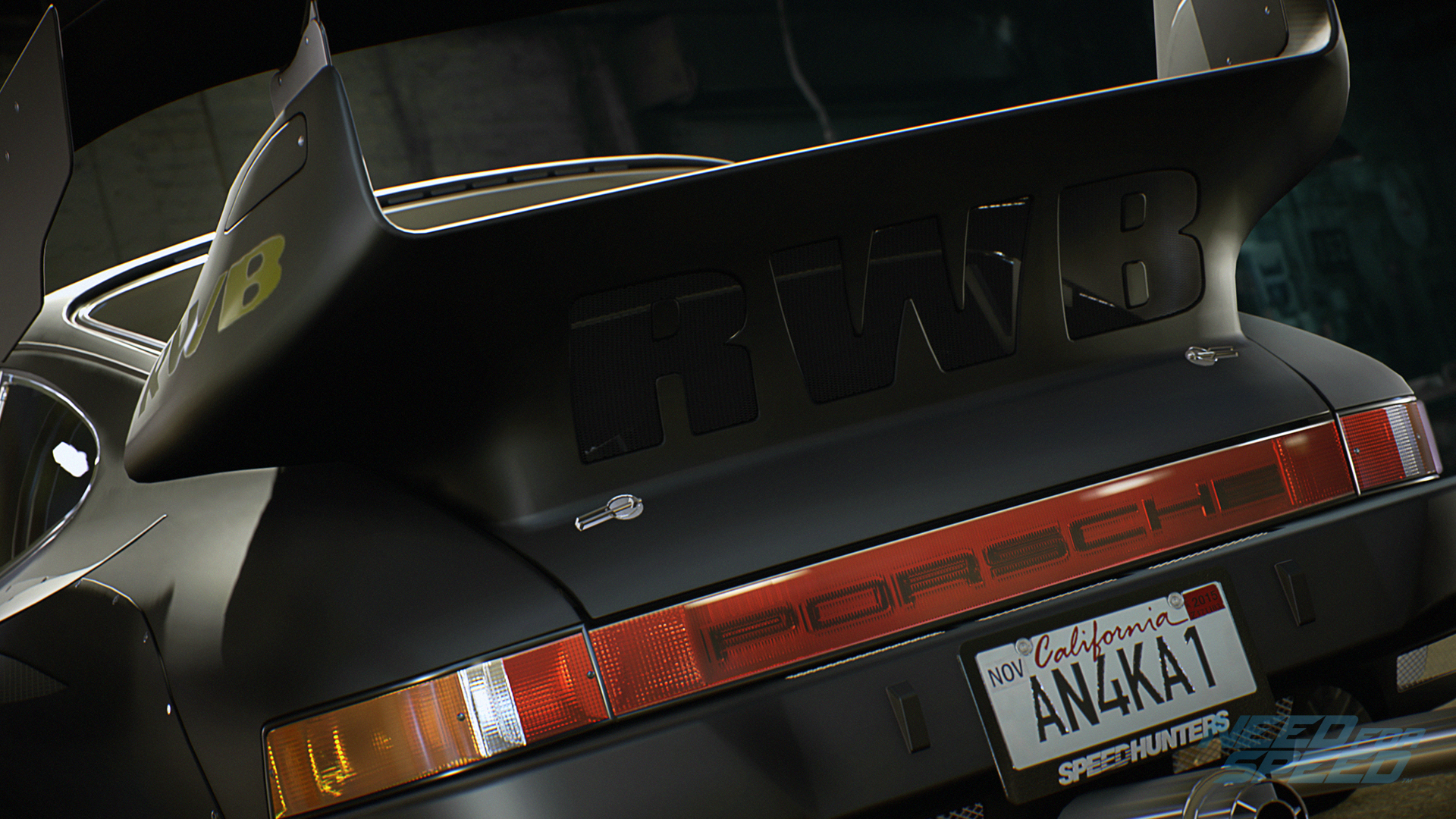
-
Need for Speed Review 11
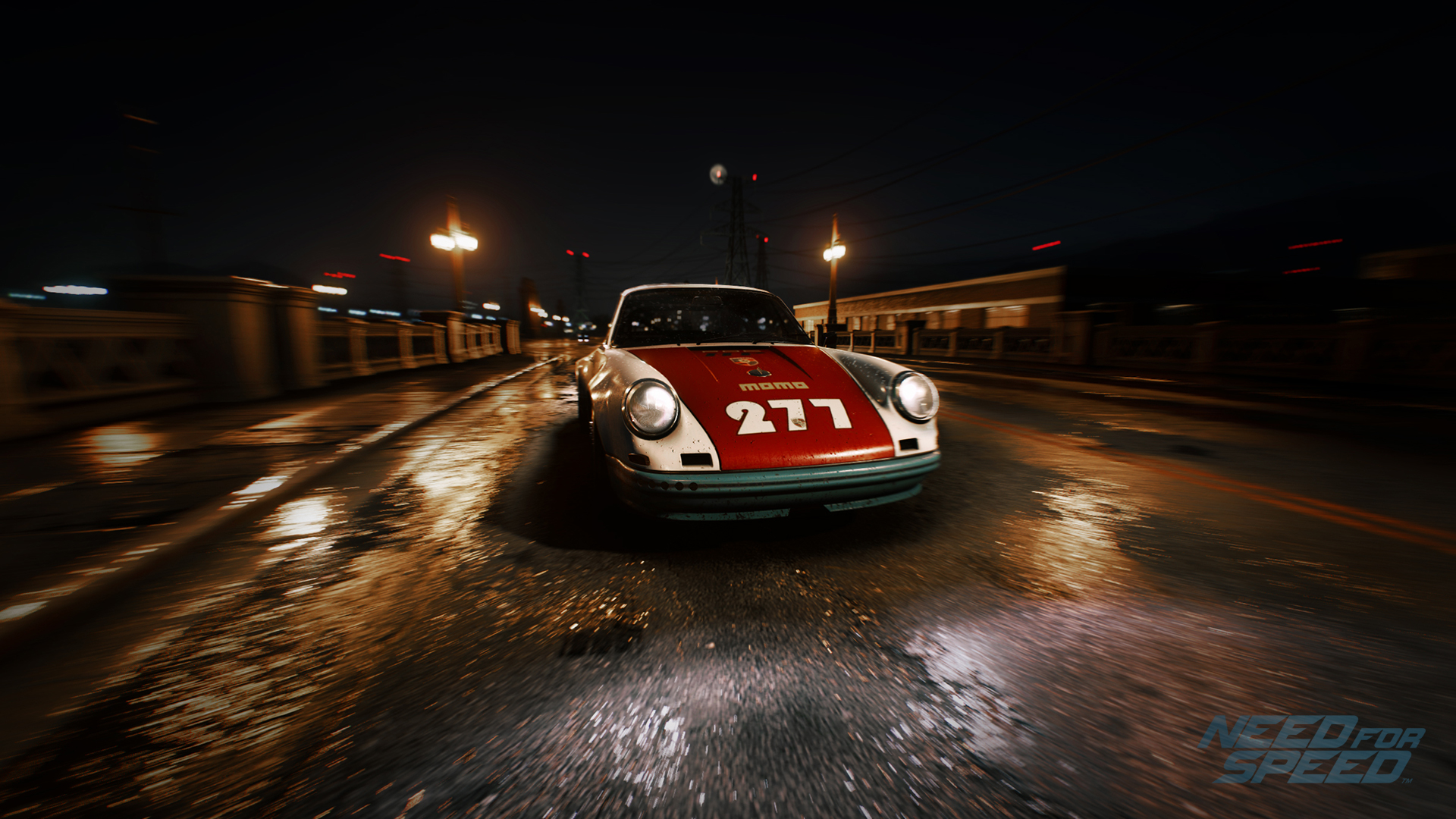
-
Need for Speed Review 12
